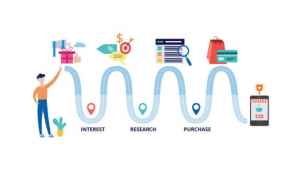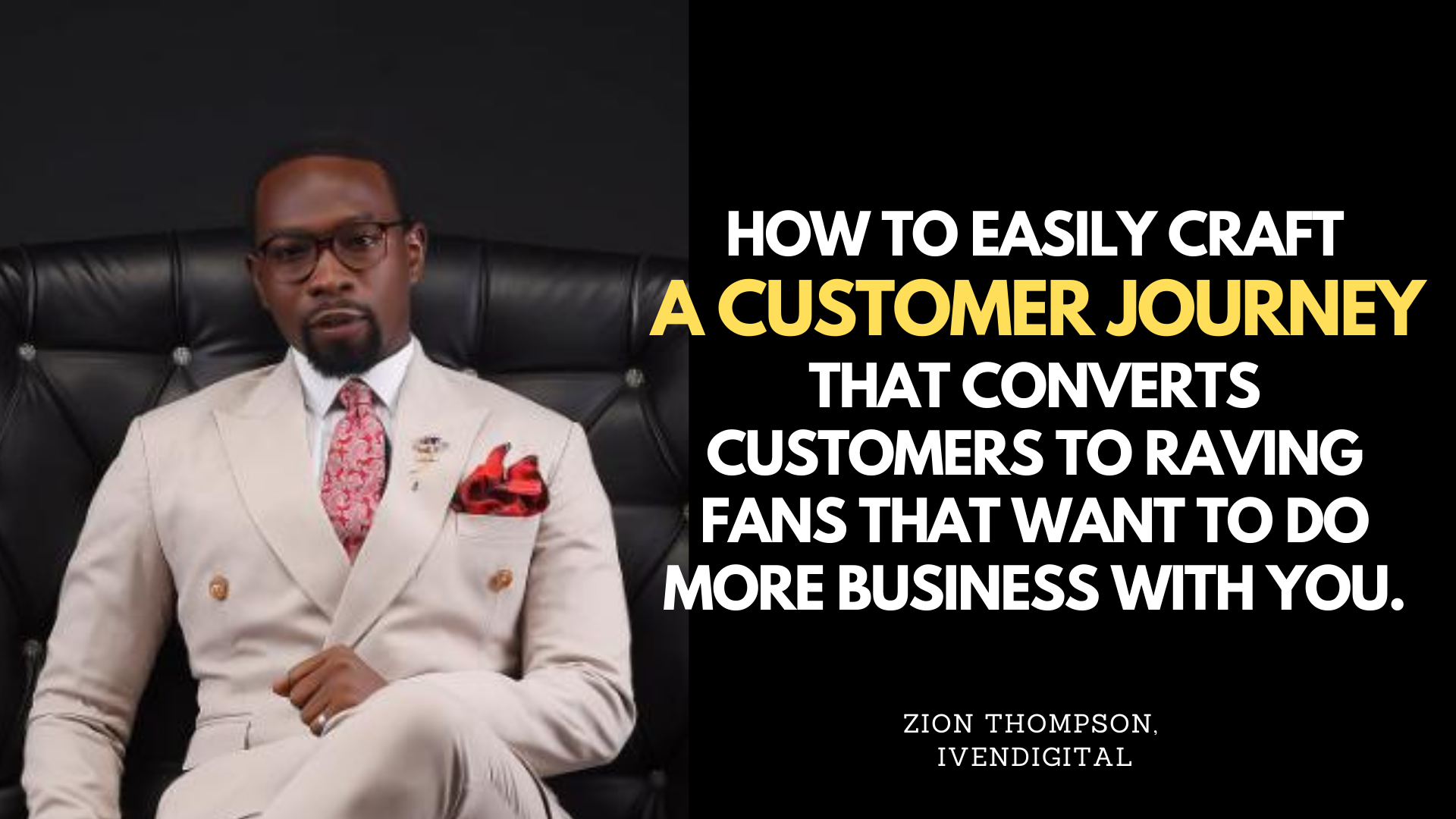By Zion Thompson
Over the past 2 decades, marketing and how consumers engage and interact with brands has evolved rapidly and will continue to change. With the emergence of smartphone and social media, consumers have become more research-oriented, impatient and demanding. This unique consumer behaviour, coupled with the ability of businesses to reach customers outside of their immediate geographical location, is an unprecedented opportunity.
A recent Google study on a car buyer’s journey observed that the customer made 900 digital touchpoints over a 3-month period before making a purchase and about 71% of the buyer’s engagement was done on mobile.
In other words, businesses need to have a clear understanding of who their customers are, their needs, and a well mapped out customer journey as well as multiple touchpoints at each stage of the journey. They also need to move the customer further along the journey to the ultimate transformation they desire.

One of the easiest ways to get started with creating a frictionless customer journey is to use the Who-What-How approach, and here’s what it’s about…
The Who:
Your business is not for everyone, and oftentimes assumptions can be made on who the customer you’re targeting is and that could result in below average performance. Using a demographic, psychographic and psychic-graphic framework would give better clarity on who your customer is and increase your chances of success.
The What:
Every customer has a before and after state, and that is before doing business with you and after doing business with you. Most of the time, business owners focus on the surface desires they perceive the customers they serve want, without drilling into the core desire. The purpose of this phase is to unravel the customer’s need thereby unlocking better differentiation and brand positioning. Understanding the transformation your customers truly desire and fulfilling it opens new dimensions for your business and the grid gives you the methodology to provide their customers what they truly want.
The How:
This lays out the offline or online strategy deployed in attracting, engaging and converting the customers. However, 78% of global direct brand marketers believed that digital marketing was important to their overall marketing efforts, while 39% said the same about offline campaigns.
Having laid that background, we can then map out the 5 stages of the customer’s journey. At this point is important to identify the content mapping strategy at each stage of the customer journey that would be most effective in moving the customer down the journey towards the ultimate goal for your business.
- Awareness
The business is actively engaging the market and publicizing their product or services through online or offline or a mixture of both. The types of content for this stage are articles, blogpost, videos, infographics, social media posts, paid ads etc.
- Interest
The awareness campaign piques the interest of the customer and speaks to an existing need and positions the product or service as the solution. The types of content for this stage are lead magnet, gated blogpost, ebooks, guides, landing pages etc.
- Consideration
The customer does further research such as research other options in the marketplace based on price, value proposition, etc. The types of content for this stage are case studies, webinars, white papers, reports, etc.
- Decision
The customer has reached a decision and is willing to make a purchase. The types of content for this stage are free demos, customer stories, free trials, sales page, faqs, etc.
- Advocacy
The customer spreads word about the product – whether positive or negative. Type of content for this stage are social media posts, onboarding content, customer support calls etc.







Comment
No comments found.